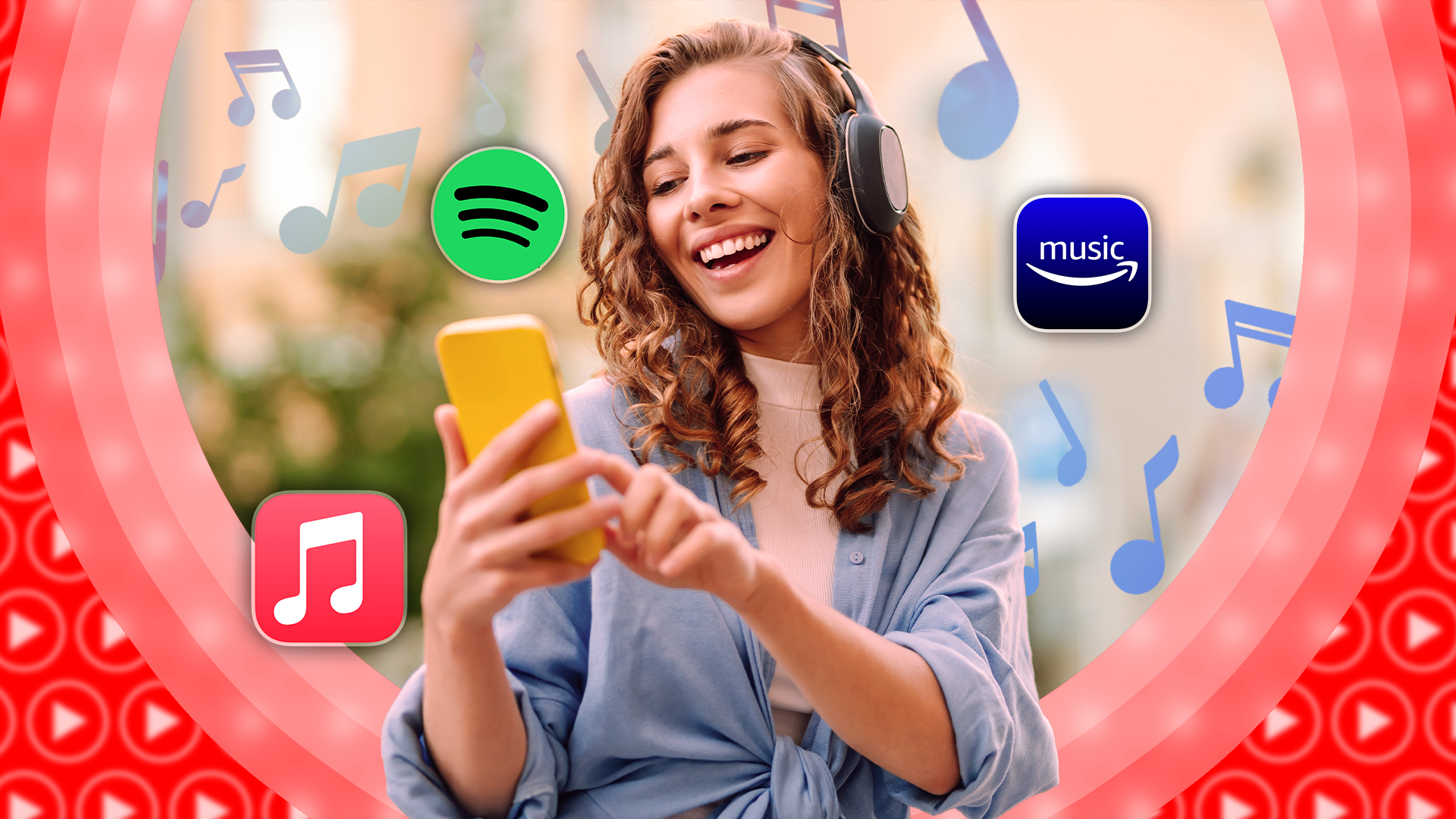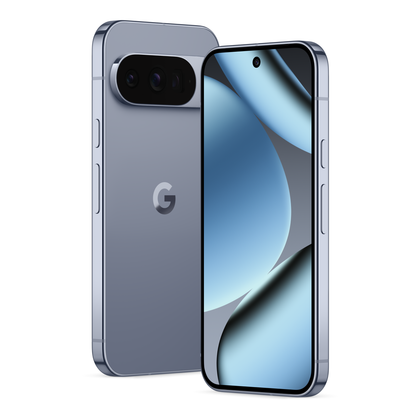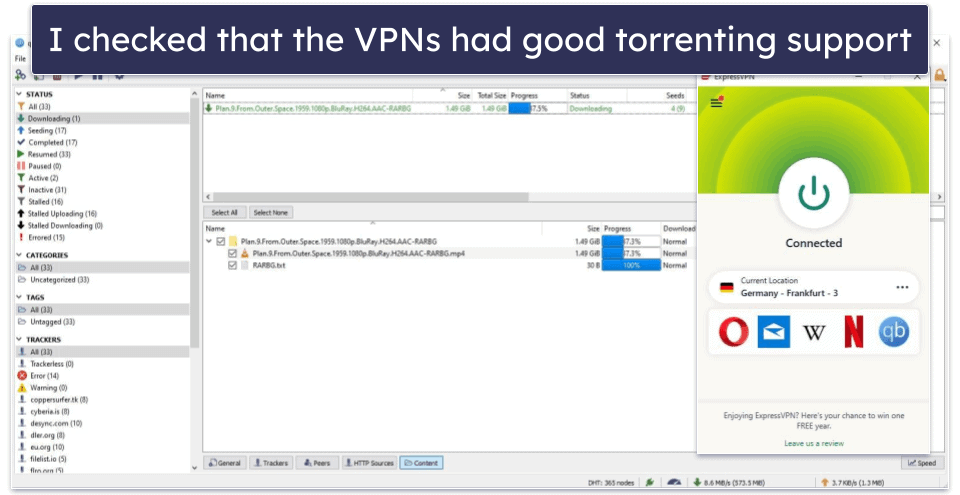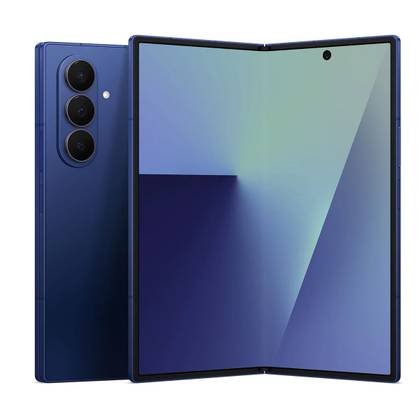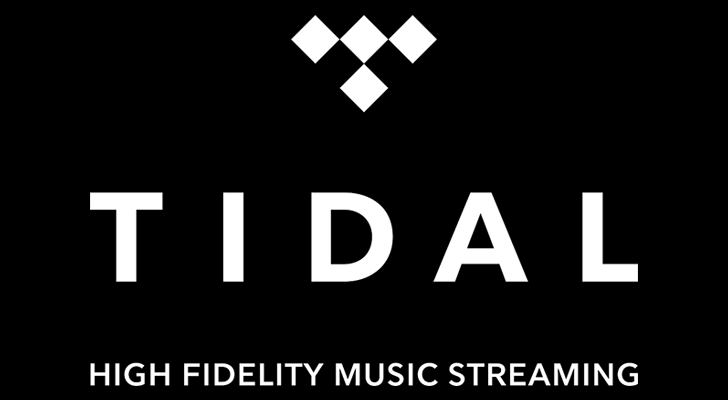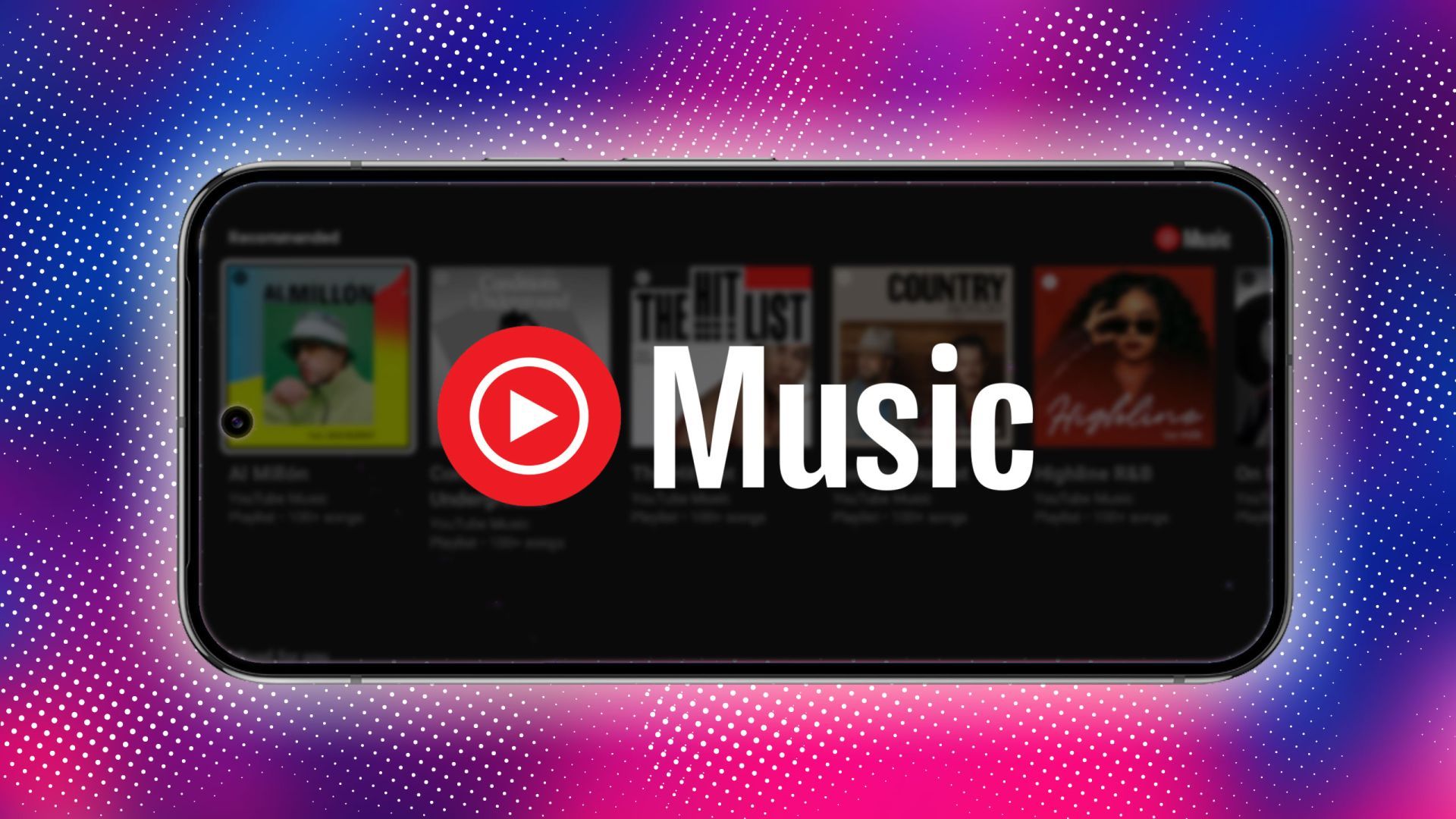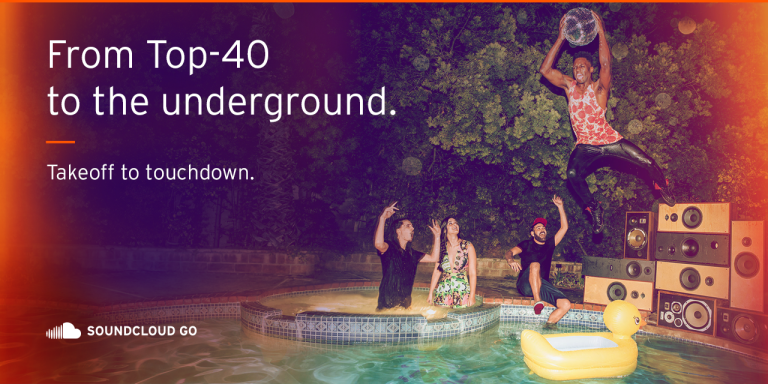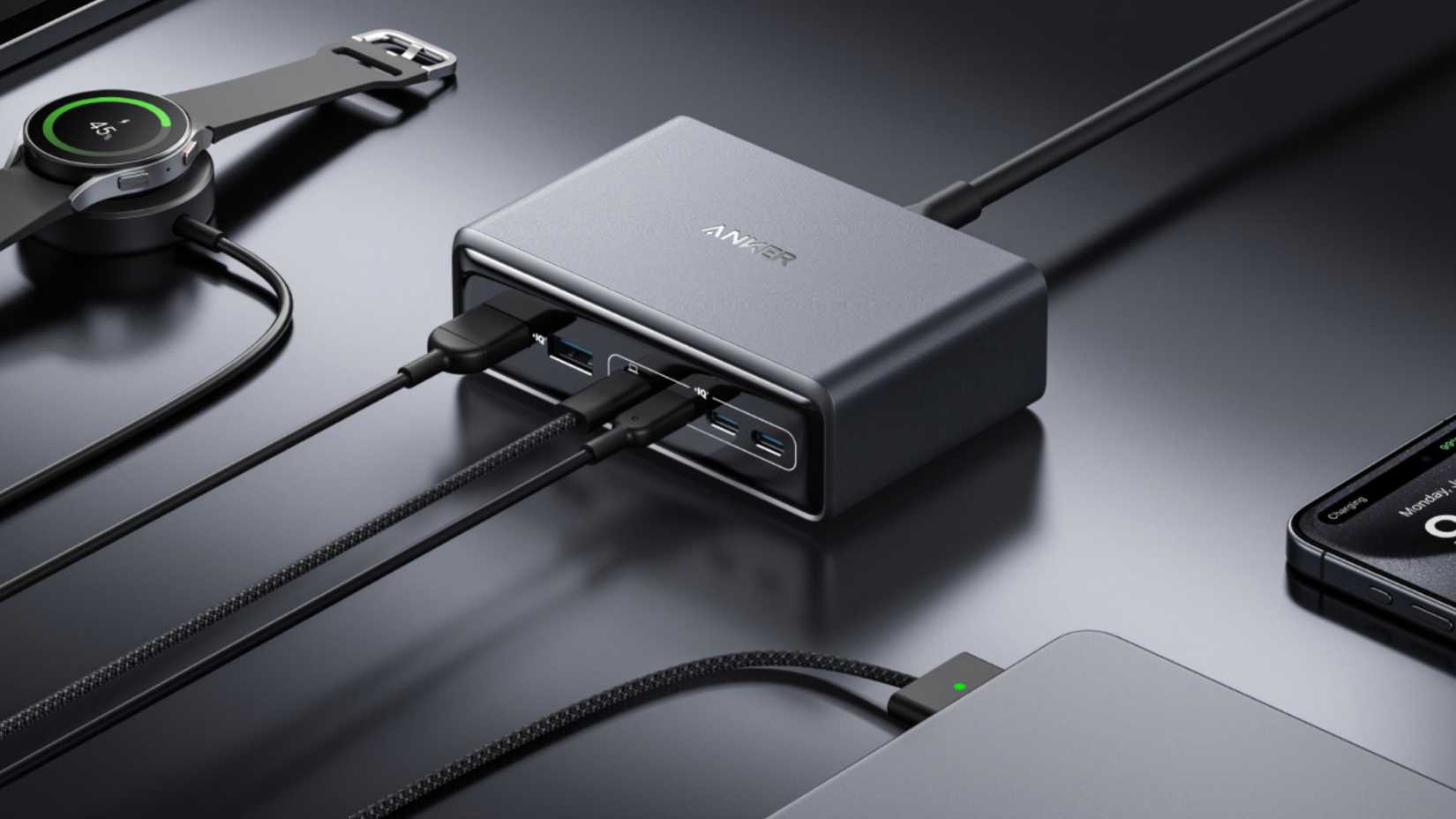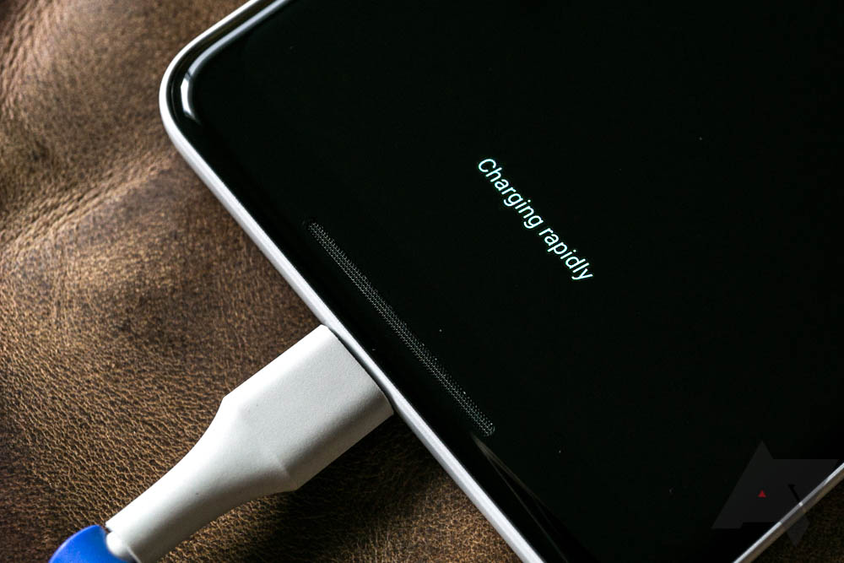No music streaming service excels in every area. Each has strengths and weaknesses. However, what if we could combine their strengths into the ultimate music app?
In this article, I’ll closely examine what each major music app does best and reimagine a platform that has it all. Here’s what the perfect music streaming app would look like if it did everything right.
Spotify is the blueprint for music algorithms
Spotify has become synonymous with music discovery, and we’re borrowing heavily from that success. Its recommendation engine reflects years of refinement and listener data points.
Discover Weekly brings a curated mix of songs tailored to each user’s taste every Monday. It streamed over 100 billion tracks in its first decade and generated 56 million artist discoveries each week.
The company followed up with similar features, such as Release Radar, daily mixes, and a Time Capsule of throwback favorites. These features make finding new songs effortless.
One of Spotify’s latest additions is its AI DJ. It uses generative AI to learn your habits, deliver track commentary, and adjust the vibe based on your feedback. Spotify also shines when it comes to social features. You can follow friends’ profiles and playlists, view real-time listening, and blend musical tastes with friends.
Each year, Spotify Wrapped drops, and suddenly everyone’s Instagram turns into a music taste flex-off. Our app takes all that and turns it into something even better.
Apple Music shows how sound and design should feel
Apple Music excels in sound quality and UI design. Apple Music streams songs in lossless audio with Spatial Audio and Dolby Atmos. This delivers music without compression artifacts, with full dynamic range and immersive 3D audio when available. Our app must adopt this audiophile-grade approach.
Apple Music also earns praise for its clean user interface. The app emphasizes album art and large graphics, creating a glossy, magazine-style feel.
Our super app must synchronize this polished UI with user convenience. The interface will use Library, Radio, and Search sections, while remaining customizable. Users open the app and see recent listens, personal mixes (à la Spotify), and highlights, such as new album spotlights with engaging visuals.
Another plus from Apple’s camp is its premium, exclusive content. Apple Music uses human curators and big-name DJs to create playlists and run radio stations. While machine learning algorithms do the heavy lifting in our app, we should also learn from Apple and give it a human touch.
Tidal puts artists first, and so should we
Tidal uses an artist-first model. In its early days, Tidal was owned by musicians, including Jay-Z, and marketed itself as the first artist-owned streaming service. Artists and songwriters receive one of the highest royalty rates from Tidal.
Our super app adopts Tidal’s artist-centric ethos. After all, a platform can’t do everything right if it doesn’t treat its artists right. This lets fans support their favorite artists meaningfully and benefit from a richer catalog (artists are less likely to hold back releases).
We also take a page from Tidal’s book when giving credit where it’s due. Tidal stands out for its detailed song credits, letting users view everything from producers and composers to mixing engineers. It’s a feature that music geeks and industry insiders appreciate, and so will users of our app.
We’re taking YouTube Music’s endless catalog
YouTube Music leverages the enormity of YouTube’s content, offering a blend of official tracks, music videos, live performances, remixes, and user-uploaded content.
If a song exists (and even if it technically doesn’t, like unofficial mashups or old recordings), chances are you can find it on YouTube Music. This range is something our ultimate app must have.
No more switching to a different app or scouring the internet because your streaming service is missing that one rare B-side or a fan-made remix. You’ll never hit a dead end in your search.
Another incredible feature we’d borrow from YouTube Music is its seamless audio-video integration. On YouTube Music, you can switch between listening to a song and watching its music video without interruption. This adds an extra layer of engagement.
Discovering the underground starts with SoundCloud
SoundCloud hosts millions of independent artists, DJs, and enthusiasts. While YouTube Music has user content, SoundCloud’s interface and culture are more suited to discovering upcoming talents in niche, underground audio scenes. Many now-famous artists gained traction on SoundCloud.
Our ideal app would have a section where you can dive into fresh tracks from unsigned artists and feel the pulse of what’s next in music.
SoundCloud also lets users comment on specific moments within a track. Fans scroll waveforms to read time-stamped comments, jokes, and reactions at the exact moment a bass drop hits or a lyric lands.
In our app, we’d incorporate this idea of an in-app community. This interaction turns listening into a shared experience. Users comment on songs and join album discussion threads. They discover songs through friends, creator reposts, and recommendations, mirroring SoundCloud’s network-driven feed.
Amazon Music nails voice control and ease of use
Amazon Music integrates deeply with Alexa voice commands and Echo speakers. This kind of voice control would be a core feature in our ultimate app.
The app works with Alexa, Siri, Google Assistant, and other voice assistants, allowing you to control music without tapping. Think about asking your app to play some slow jazz you haven’t heard before, or add a song to your workout mix while you’re cooking or driving.
That level of integration makes the music experience omnipresent and convenient.
Deezer’s small features fill in the missing pieces
Deezer might not be as large as its rivals, but its innovative features deserve a place in our app.
Deezer introduced SongCatcher, a music recognition tool that identifies songs by humming or singing. It works like a built-in Shazam, recognizing hummed melodies. When a song sticks in your head, hum a few bars, and the app identifies it. Our ultimate app would have this trick.
Deezer also offers lyrics with translation. It displays real-time lyrics and translates them into various languages. This is fantastic for global music fans or language learners. In a world increasingly enjoying K-pop, Latin music, and other non-English hits, having lyric translations opens up new genres of music.
Deezer also supports a cross-platform playlist collaboration called Shaker. It allows friends on different streaming services to contribute to a common playlist. Moreover, it has other fun extras, such as music quizzes.
These may seem small next to the giant features of others, but they add up to a richer ecosystem.
This is what the perfect music app would look like
Our imaginary app takes the best of Spotify, including its discovery engine and social features. It borrows Apple Music’s sound quality and Tidal’s artist support. YouTube and SoundCloud bring extensive catalogs and strong community features. Amazon and Deezer add convenience and unique tools.
It’s an app where any music fan, from casual listeners to audiophiles, playlist curators to social butterflies, and chart followers, can find what they want.


